How to Address Segregation of Duties in a Nonprofit Organization
November 17, 2023
Correcting segregation of duties problems in a nonprofit organization with limited resources can be challenging, but there are several strategies that can be employed to address the issue effectively. While the ideal approach may vary depending on the specific circumstances of the organization, the following recommendations can help nonprofits mitigate the risks associated with inadequate segregation of duties:
Assess and prioritize risks
Begin by conducting a comprehensive risk assessment to identify the critical areas that require segregation of duties. Prioritize the processes and functions that involve significant financial transactions, cash handling, and sensitive information.
Implement compensating controls
In situations where it is not feasible to achieve a complete segregation of duties, compensating controls can be put in place. These controls are designed to provide alternate checks and balances to mitigate the risk of error or fraud. For example, independent reviews and approvals, regular reconciliations, and periodic internal or external audits can serve as compensating controls. However, it is important to know that the independent financial statement audit does not count as a compensating control.
Cross-train staff
While it may not be possible to have dedicated individuals for each task, cross-training staff members can help alleviate segregation of duties concerns. By training employees to perform multiple roles and responsibilities, the organization can create a more flexible workforce that can step in when needed, reducing the risk of collusion or fraud.
Introduce managerial oversight
Implement a system of managerial oversight to ensure that critical processes are monitored effectively. This can include regular review of financial reports, conducting surprise audits, and maintaining an open line of communication for employees to report any suspicious activities or concerns.
Leverage technology and automation
Nonprofits can make use of technology solutions to automate and streamline processes, thereby reducing the reliance on manual interventions and minimizing the risks associated with inadequate segregation of duties. This can include implementing accounting software, online banking systems, and document management systems to improve efficiency and control.
Board involvement and volunteer oversight
Engage board members and volunteers who possess relevant expertise in financial management, internal controls, or auditing. Their involvement can provide an additional layer of oversight and ensure that appropriate segregation of duties is maintained.
Periodic external reviews
Consider engaging external consultants or auditors to conduct periodic reviews of internal controls. These experts can provide an unbiased assessment of the organization's control environment, identify deficiencies, and recommend improvements.
Continual monitoring and improvement
Internal controls should be regularly reviewed and updated as the organization grows and changes. Nonprofits should establish a culture of ongoing monitoring and improvement, where feedback and suggestions from staff members are encouraged and incorporated into the control framework.
While limited resources may pose challenges, nonprofits should prioritize the implementation of effective internal controls, including segregation of duties, to mitigate risks and safeguard their assets. By taking proactive steps and exploring alternative approaches, organizations can strengthen their control environment and enhance overall operational integrity.
Please reach out to us with any questions you may have. We would be happy to assist you.
Larson & Company staff collaborated on the authorship of this article.


.png)



